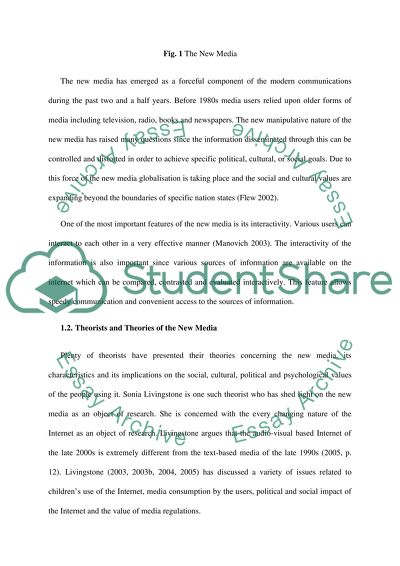Cite this document
(“Livingstones Definition of the New Media: Positive and Negative Impact Research Paper”, n.d.)
Livingstones Definition of the New Media: Positive and Negative Impact Research Paper. Retrieved from https://studentshare.org/media/1560348-essay-mass-communication-review-assay
Livingstones Definition of the New Media: Positive and Negative Impact Research Paper. Retrieved from https://studentshare.org/media/1560348-essay-mass-communication-review-assay
(Livingstones Definition of the New Media: Positive and Negative Impact Research Paper)
Livingstones Definition of the New Media: Positive and Negative Impact Research Paper. https://studentshare.org/media/1560348-essay-mass-communication-review-assay.
Livingstones Definition of the New Media: Positive and Negative Impact Research Paper. https://studentshare.org/media/1560348-essay-mass-communication-review-assay.
“Livingstones Definition of the New Media: Positive and Negative Impact Research Paper”, n.d. https://studentshare.org/media/1560348-essay-mass-communication-review-assay.


